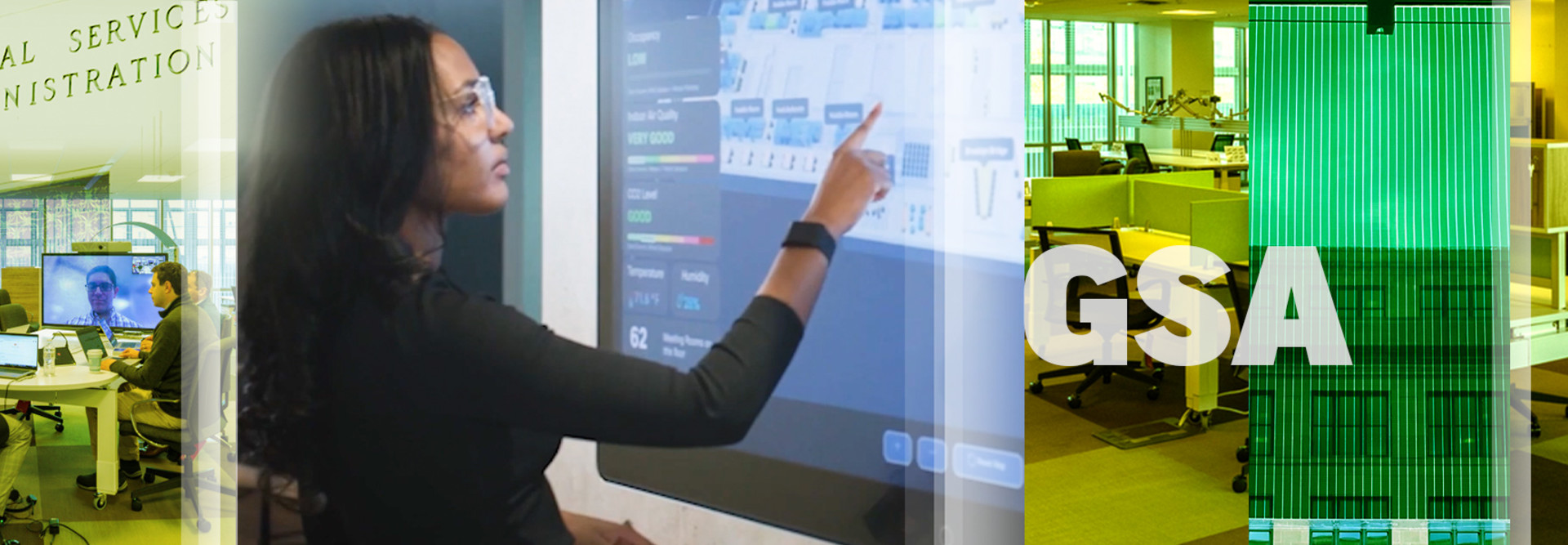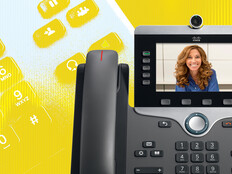The General Services Administration continues to test optimal workplace IT setups, in part to make the office more inviting as the White House demands federal employees reduce the amount of time they work remotely.
GSA’s Workplace Innovation Lab (WIL) also aims to achieve hybrid work equity so employees participating in meetings remotely feel more included.
The agency’s effort to update governmentwide workplace strategy is informed by a 2022 report released by Cisco, one of the WIL’s industry partners, which notes that most federal employees use two different videoconferencing platforms per week, and 66 percent preferred three to five remote workdays. About 5,000 federal employees had passed through the WIL’s doors as of September as their agencies tested the various IT and furniture offerings on display, supplying feedback on their experience.
“The amount of folks coming in to work with us has been just outstanding, and it continues to grow every day,” says Charles Hardy, chief architect at GSA. “That was the first learning; we need to do more of this.”GSA is considering whether to limit its testing to the D.C. area or expand to other locations, Hardy adds.
Click the banner below to see the future of federal hybrid work.
Agencies Need Greater Agility When Designing Workplace IT Solutions
GSA’s second learning was that none of its vendor partners achieved what federal users wanted out of the gate, returning to change some of their offerings. That speaks to a need for greater agility and flexibility in the way agencies design their IT solutions, Hardy says.
For example, whereas one vendor provides virtual private networks, Cisco provides digital whiteboarding and accompanying video analytics, artificial intelligence and reservation technologies.
The WIL’s reservation system is URL-based, and from a digital whiteboard at the concierge desk, visitors can see a map of available offices as well as their temperature, air quality, humidity and noise levels. That data is provided in real time by cameras in the whiteboards, which recognize faces but not who they belong to.
“This is partly to educate to the agencies that are using this to let them know that data can be anonymized,” Hardy says. “We can get good metrics out of something that doesn’t get into any kind of personal information that we want to stay away from.”
Data from Cisco’s whiteboards can be fed into its Spaces platform, which can then be connected to a building management system to automatically control settings such as room temperature, as Cisco does at its PENN1 headquarters in New York City, says Scott Morin, client executive for federal.
The whiteboards further promote hybrid work equity by dynamically framing the faces of remote employees during videoconferences and blurring out background noise using AI technology. Cisco is eyeing voice translation next, Morin says.
With the WIL, Government Co-Creates IT Solutions with Industry
Increased mobility is a feature of the workplace of the future, Hardy says.
That’s demonstrated by the Cisco Desk Mini, a portable collaboration device visitors can take anywhere in the WIL for meetings. Users can use the device to join virtual meetings across any platform with one touch.
Elsewhere, the WIL features dual-monitor setups, pairing products from different vendors so agencies can consider how to mix and match hardware they have with hardware they’re purchasing, Hardy says.
GSA launched the WIL in about a year-and-a-half, and it has led to fresh conversations with industry about how to solve some of the government’s biggest workplace challenges.
“From those conversations come really great solutions,” Hardy says. “I'm an architect, and that's what we live on: the co-creation of new ideas.”












